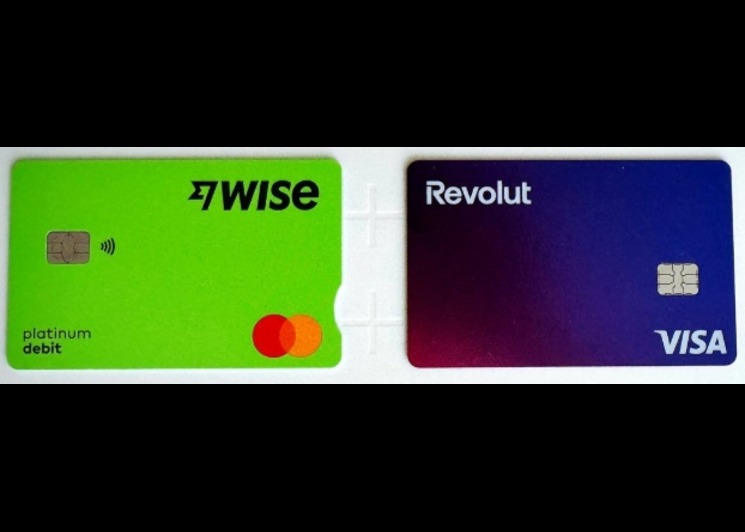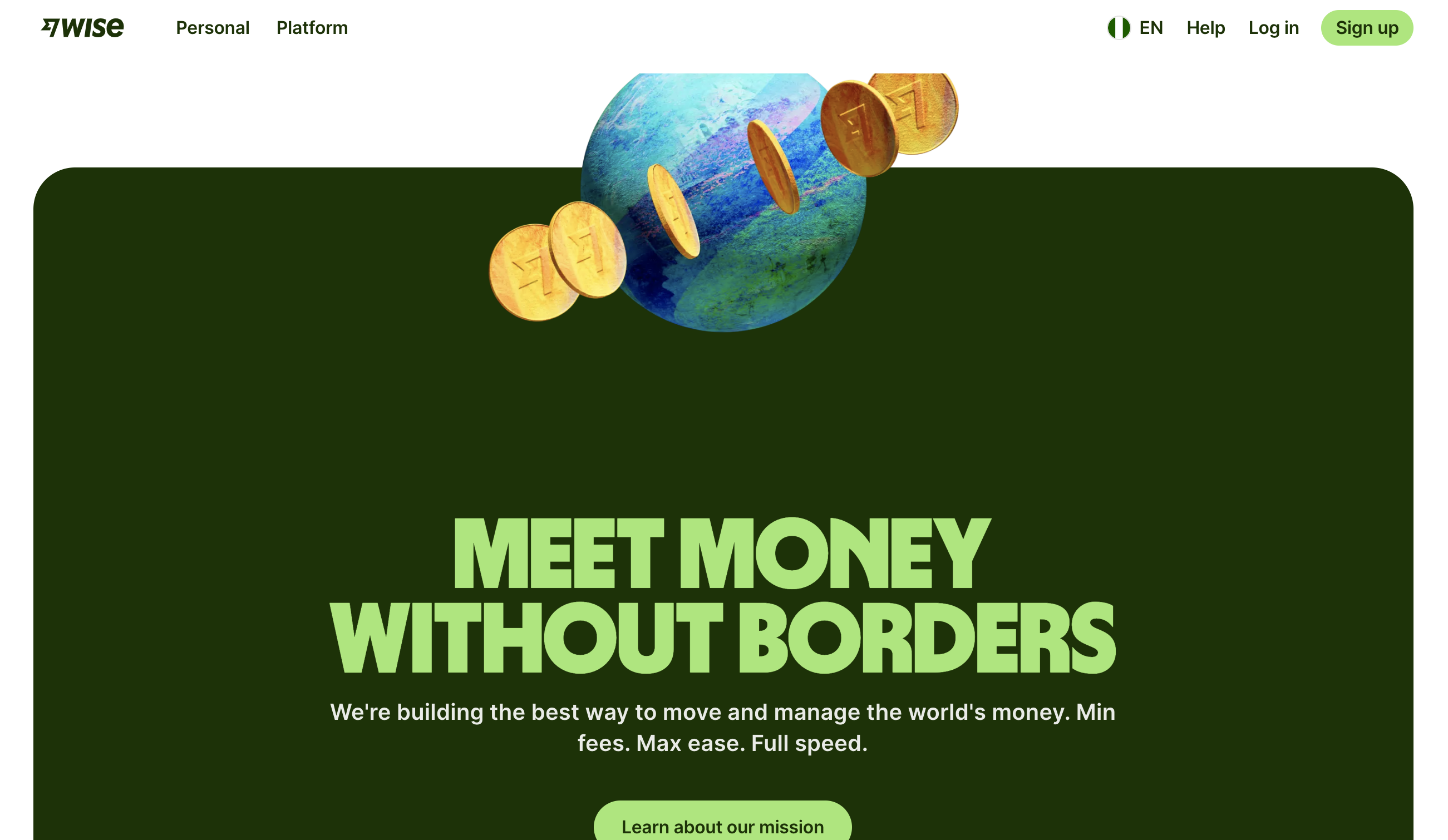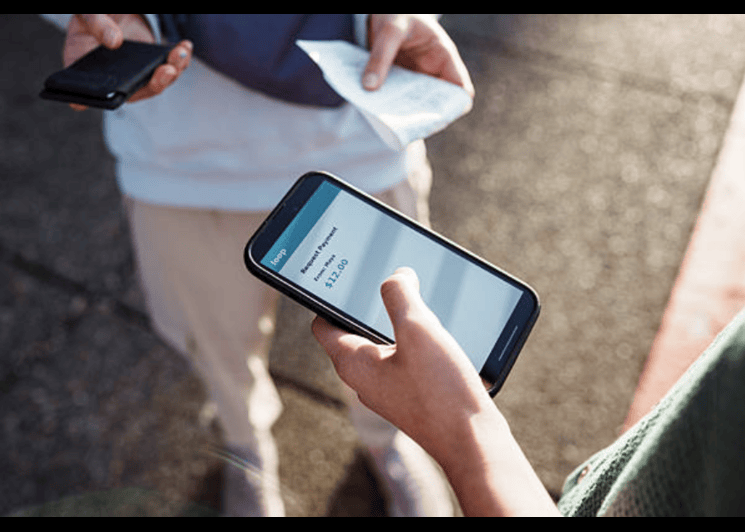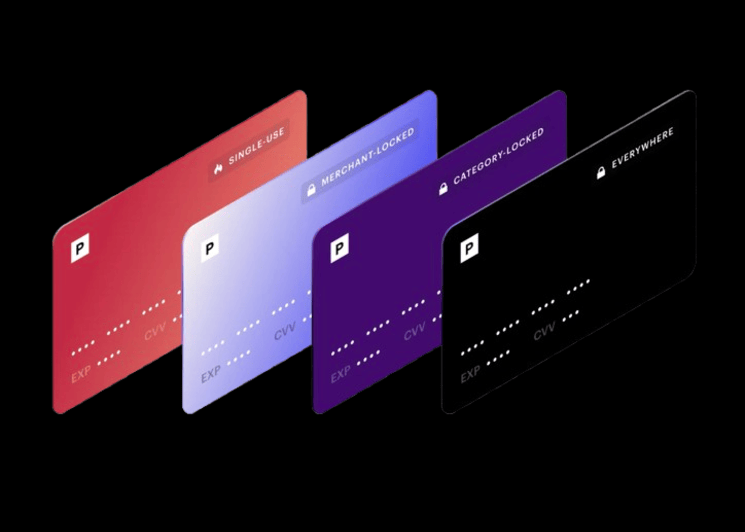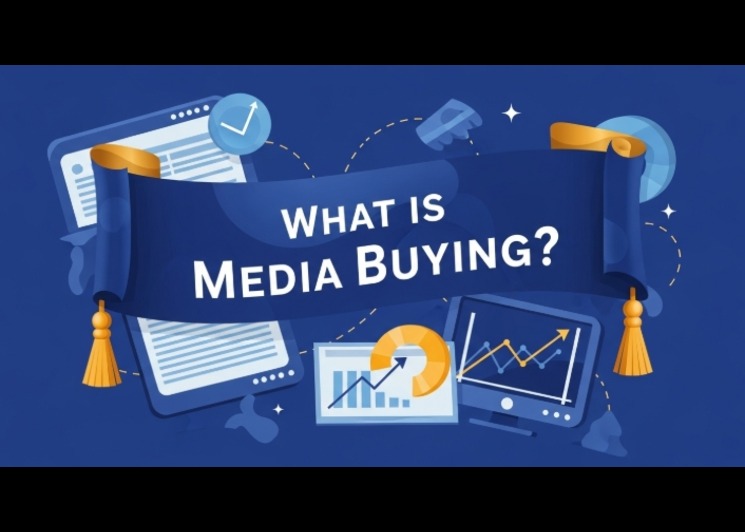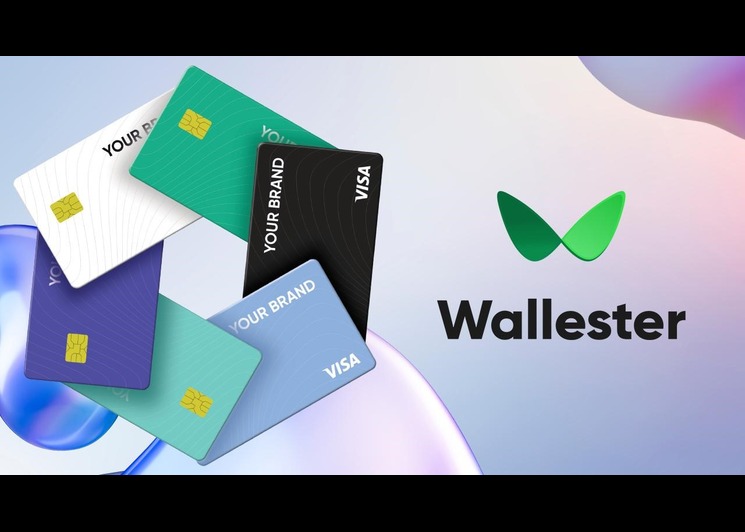Instagram Ads Cost: What Businesses Should Know and How to Manage It
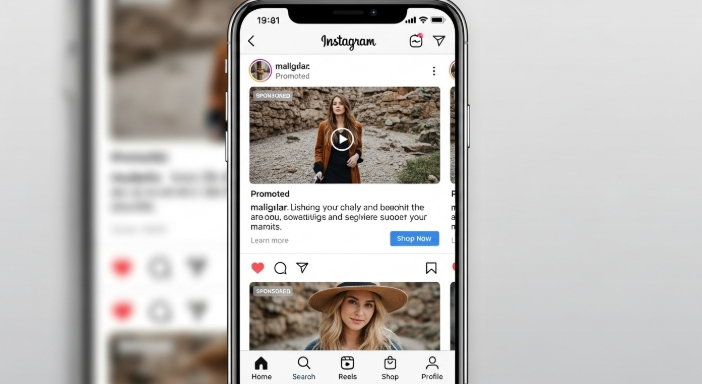
Instagram has become one of the most competitive spaces for advertising, but how much does it really cost to run an effective campaign? Instagram ads cost changes constantly, shaped by bidding models, audience demand, and seasonal trends. Still, with the right strategy and tracking tools like Bycard, businesses can manage their spend wisely and get better returns from every naira or dollar invested.
- Instagram Ads Cost: What Businesses Should Know and How to Manage It
Understanding the Average Instagram Ads Cost
Across multiple data sources, Instagram ads cost can range widely:
- Average CPM (cost per 1,000 impressions): around US$8.16 in mid-2025
- Average CPC (cost per click): between US$0.69 and US$1.27
- Average CPL (cost per lead): roughly US$17 in U.S. markets
In 2024, CPMs averaged closer to US$2.50–US$3.50 in broader, less competitive segments. This jump shows how competition and ad quality influence your final bill. Instagram ads cost depends less on the platform’s base pricing and more on how advertisers bid and perform within Meta’s auction system.
Key Factors That Affect Instagram Ads Cost
1. Audience Targeting
Narrow targeting, like women aged 25–34 in London interested in “organic skincare”, usually increases Instagram ads cost because more advertisers compete for the same audience. Broader targeting can lower your CPM but may dilute ad relevance.
2. Ad Format and Placement
Reels and Stories placements tend to have slightly lower CPMs than Feed placements, though that varies by industry. Testing placement performance regularly keeps your spending aligned with performance goals.
3. Creative Quality
Meta rewards engaging ads. Higher click-through rates (CTR) lower your Instagram ads cost because the algorithm prioritizes content users interact with. Poor visuals or unclear copy, on the other hand, push your cost per click upward.
4. Campaign Objective
Awareness campaigns often charge per impression, while conversion campaigns cost more because Meta optimizes for actions like purchases or sign-ups. Pick the right objective, don’t pay conversion-level rates for awareness goals.
5. Region and Seasonality
Advertising in markets like the U.S. or U.K. generally costs more than running campaigns in regions such as Africa or Southeast Asia. Costs also climb during high-demand seasons like Black Friday or year-end holidays.
6. Budget Strategy and Bid Type
Daily budgets help you test performance steadily, while lifetime budgets allow flexible pacing. Manual bidding gives you tighter control but requires ongoing optimization.

Perfect Card for running ads!
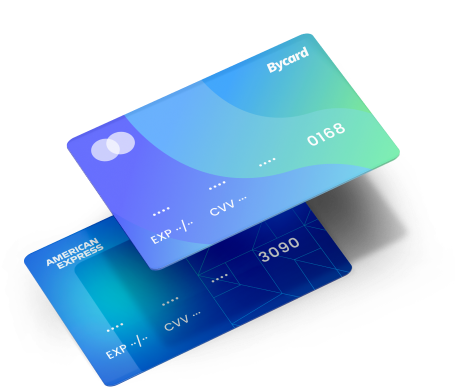
Using Bycard to Control and Track Your Ad Spend
Understanding Instagram ads cost is only half the equation, managing it is where most advertisers struggle. This is where Bycard, a digital payment and spend-control platform, becomes a practical ally.
Set Campaign-Specific Virtual Cards
Bycard lets you create dedicated virtual cards (VCCs) for different ad campaigns, including Meta’s Facebook/Instagram Ads. Each card can have its own limit, name, and purpose.
Real-Time Spend Visibility
Instead of waiting for your ad manager report, Bycard provides real-time notifications for each transaction. You see immediately which campaign is spending and how much remains.
Easier Reconciliation
If you run multiple ad sets, end-of-month reconciliation can be tedious. Bycard’s expense reporting and receipt management tie every charge back to its campaign card. This makes it easier to calculate your Instagram ads cost per result and present accurate ROI figures to your team.
Safer and Faster Top-Ups
Bycard supports multi-currency wallets and even crypto top-ups like USDT. That flexibility helps international marketers fund campaigns quickly without currency conversion delays or banking issues, avoiding unnecessary ad downtime that can distort cost metrics.
Practical Ways to Reduce Your Instagram Ads Cost

1. Test Creatives Early
Run small A/B tests for visuals, captions, and calls-to-action. Ads with higher engagement (likes, shares, clicks) lower CPC over time because Meta’s system rewards relevance.
2. Limit Overspending with Virtual Cards
Instead of relying on manual budget checks, use Bycard’s spend limits as automated guardrails. Set daily or lifetime limits per ad set. If an ad unexpectedly takes off and spends faster than planned, the card automatically stops further charges.
3. Monitor Cost per Action, Not Just CPM
Many marketers celebrate low CPMs but forget that a cheap impression isn’t the same as a cheap conversion. By tracking your cost per purchase or cost per lead, you get a truer view of your Instagram ads cost performance.
4. Align Budget With Results
If an ad delivers conversions at a lower CPA, reallocate more budget toward it. If another campaign burns cash with poor CTR, pause or narrow its targeting. Bycard’s per-card reporting helps identify which campaigns truly deliver value.
5. Account for Market Differences
In the United States, Instagram ad cost tends to be higher than in most other regions due to stronger competition and higher average purchasing power. CPMs (cost per thousand impressions) often range between $7 and $12, depending on audience size, season, and ad placement.
Example: How a Two-Week Test Can Reveal Hidden Costs
Try this mini-experiment:
| Campaign Setup | Description | Goal | Budget Limit |
| Ad A (regular payment) | Paid through your usual Meta billing method | Awareness | US$150 |
| Ad B (Bycard VCC) | Paid using a Bycard Meta VCC with spend limit | Awareness | US$150 |
After two weeks, compare:
- Actual spend
- Cost per 1,000 impressions (CPM)
- Cost per click (CPC)
- Time spent reconciling transactions
Marketers often find that using Bycard simplifies reconciliation and prevents small budget overruns that accumulate over time. The result: steadier, more predictable Instagram ads cost.
Comparing Platforms and Managing Spend Efficiently
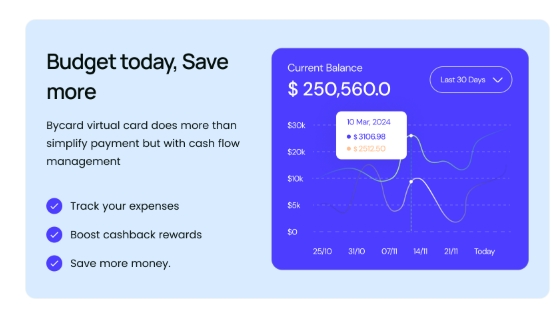
If you run campaigns across multiple social platforms, it helps to understand how Instagram ads cost compared to other channels like Facebook, TikTok, or Google. Facebook and Instagram share the same ad system, so their CPMs often overlap, typically between $7 and $12 in the U.S. TikTok ads, on the other hand, can start lower but may require higher frequency for similar reach.
When managing campaigns across Instagram, Facebook, or TikTok, tracking how each platform performs helps you allocate spend more intelligently. Instead of relying only on platform dashboards, marketers can use Bycard’s detailed transaction logs to see where the most engagement and conversions come from. This approach links real payment data to campaign outcomes, offering a clearer picture of which platform deserves more of your ad budget.
Conclusion
Instagram ads cost isn’t a fixed figure, it shifts based on factors like audience targeting, creative quality, competition, and overall platform demand. The key is not to guess or overspend trying to find what works, but to approach every campaign with clear goals and measurable benchmarks.
Using Bycard’s virtual cards makes it easier to control and track each campaign’s budget in real time. Combine that with consistent performance reviews, focusing on cost per conversion and return on ad spend (ROAS), and you’ll have a clearer sense of what drives results. With steady testing, smart adjustments, and disciplined budgeting, brands can turn their ad spend into measurable growth rather than unpredictable expenses.

Perfect Card for running ads!



